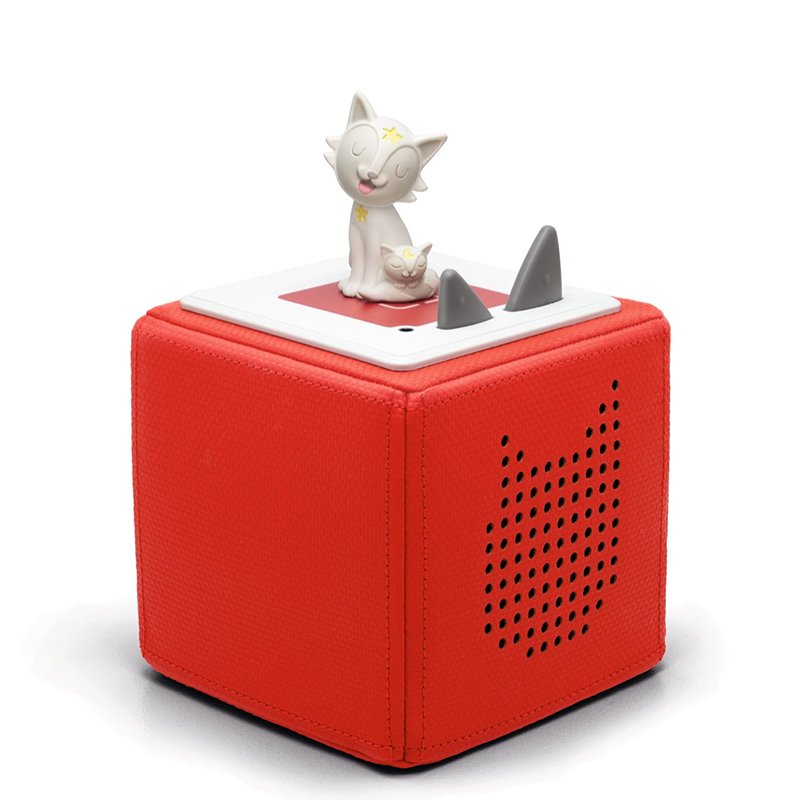
How Mindfulness practices in the classroom can enhance focus and productivity
Chaotic classrooms filled with distracted students, loud noises, and constant interruptions are not uncommon. This can be overwhelming and stressful, both for teachers and students.
However, by incorporating mindfulness practices into classrooms, we can create a more peaceful and productive learning environment.
How to Transform Chaotic Classrooms
Mindfulness Practices
Start each day with a brief mindfulness practice to help your students focus and prepare for the day ahead. This could be as simple as a few minutes of deep breathing, a guided meditation such as listening to one of the mindfulness Tonies on a Toniebox, or a visualisation exercise. By beginning the day with a sense of calm and focus, you can set the tone for the rest of the day.
A cluttered and chaotic classroom can make it difficult for students to focus and feel calm. Create a calming atmosphere by decluttering your classroom, using soft lighting, and playing calming music or Tonies such as the Nature sounds on a Toniebox. You could also consider incorporating plants or other natural elements into your classroom, as research suggests that exposure to nature can reduce stress and increase focus.
Encourage your students to take brief mindfulness breaks throughout the day to help them refocus and recharge. These breaks could include stretching, deep breathing exercises, or a mindful walk around the classroom. By taking short breaks throughout the day, students can improve their ability to concentrate and reduce stress.
Showing gratitude
Incorporate gratitude practices into your classroom to help students develop a sense of appreciation for the world around them. This could include asking students to share something they are grateful for each day or creating a gratitude journal. By focusing on the positive aspects of their lives, students can reduce stress and improve their overall sense of well-being.

Transitions between activities can be challenging time for students, as they may feel restless or distracted. Having calming audio can help children manage transitions and settle down ready to learn more quickly.
Teaching Mindfulness
Teach mindful communication. Teach your students how to communicate mindfully by emphasising active listening and non-judgmental communication. Encourage them to speak and listen with kindness and empathy, and to take time to reflect on their words before speaking. By teaching mindful communication, you can create a more respectful and harmonious classroom environment.

Model mindfulness. As a teacher, it’s important to model mindfulness in your own behaviour. Take time to practice mindfulness in your own life, and demonstrate mindful communication and behaviour in your interactions with students. By modelling mindfulness, you can help to create a culture of mindfulness and respect in your classroom.
Creating a mindful classroom requires intention and effort, but the benefits are well worth it. By incorporating mindfulness practices into your classroom, you can create a more peaceful and productive learning environment, reduce stress and anxiety, and help your students develop important life skills. By beginning with a mindfulness practice, creating a calming atmosphere, and incorporating gratitude, mindfulness exercises, and mindful communication, you can transform your classroom from chaos to calm.
Conclusion
Incorporating mindfulness practices into classrooms can work wonders in creating a peaceful and productive learning environment. By starting each day with a brief mindfulness practice, students are given the opportunity to centre themselves and set the tone for the rest of the day.
Creating a calming atmosphere through decluttering, soft lighting, and soothing audio allows students to focus their attention and reduce stress. Encouraging mindfulness breaks and gratitude practices throughout the day gives students the chance to recharge, improve concentration, and develop a positive outlook. Teaching mindful communication and modelling mindfulness as a teacher foster respect and harmony in the classroom. The transformation from chaos to calm is within reach when we prioritise mindfulness in our classrooms.



